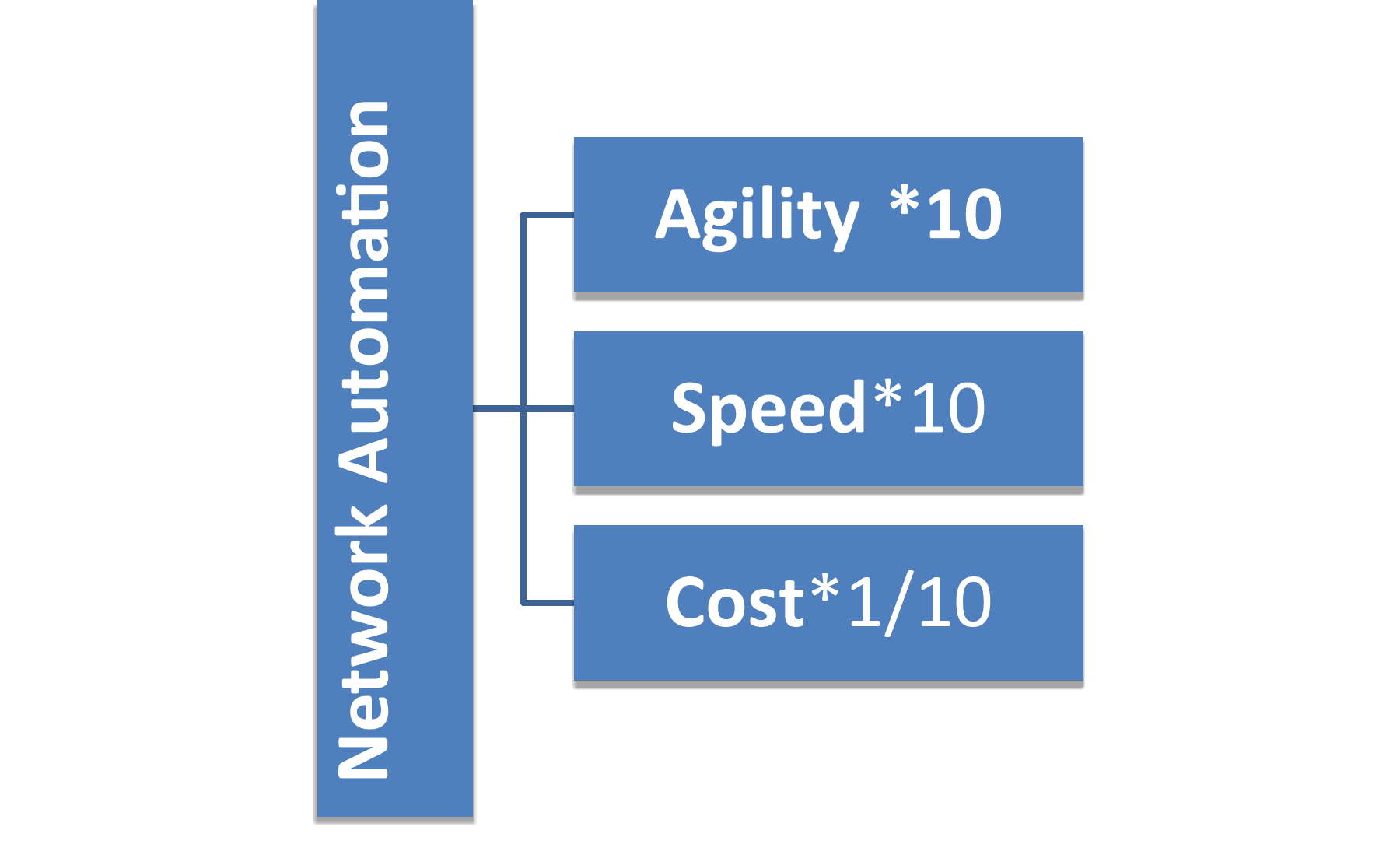
In today’s technological era, IT organizations face a challenging landscape in managing multiple layers of network complexity due to a rise in the number, type of devices, and users getting connected to the network. Over the past few years, network administrators and engineers have had an ardent desire to automate IP networks. Still, they have struggled to get hold of results and make considerable progress. Though the administrators want to break the traditional tribes to address all the network infrastructure elements, which is the underlying automation principle, it never gets off the ground. Hence, they require to spend time and capital to figure out the necessity to automate and ways to automate.
This whitepaper provides insights on how to fetch results from IP network automation benefits of network automation.
Network administrators have countless opportunities to automate. For many processes involving a few manual and repetitive tasks, workflows can be automated. Administrators need to start somewhere though it is impractical to automate every significant process simultaneously. To achieve what needs to be automated, the network administrators need to identify a few of the listed end goals to improve network service agility.
Automation can cover it all as it is a wide-ranging approach that unifies and standardizes the work of the network operations. Addressing the above set goals at once might dislocate the present functions; hence, automation needs to be done step-by-step to deliver the best results with lesser investment.
Once a network administrator determines what to automate, they need to think about the implementation —selecting the right automation platform that includes open APIs and integrates network resource control, service enablement, analytics, and assurance.
Selecting the right automation tool is not enough, as several automated projects, workflows, tasks get delayed due to a few of the reasons listed below:
One of the issues the network administrators and engineers encounter is a lack of skills among the team in charge. The skills required to use innovative tools, techniques, technologies, and programming languages are often rare and high-priced to acquire through hiring or training.
Though the right tools and platforms are essential, few of the tools require tremendous coding efforts on top to address the administrator’s needs.
The following figure illustrates the three significant business benefits of network automation:

Use cases can help administrators quickly introduce a broad set of automation functions into their networks that help to reduce risk and speed up implementation.
TCPWave’s use cases aim to open new revenue streams and improve operational efficiency. TCPWave seamlessly integrates with ServiceNow, VMware VRA, Terraform, Ansible, and various private and public cloud orchestrators using secure, cohesive REST API calls. The modern technologies at TCPWave help the customers to self-configure, optimize the performance in real-time and recover from failures.
For a quick demo, contact the TCPWave Sales Team.